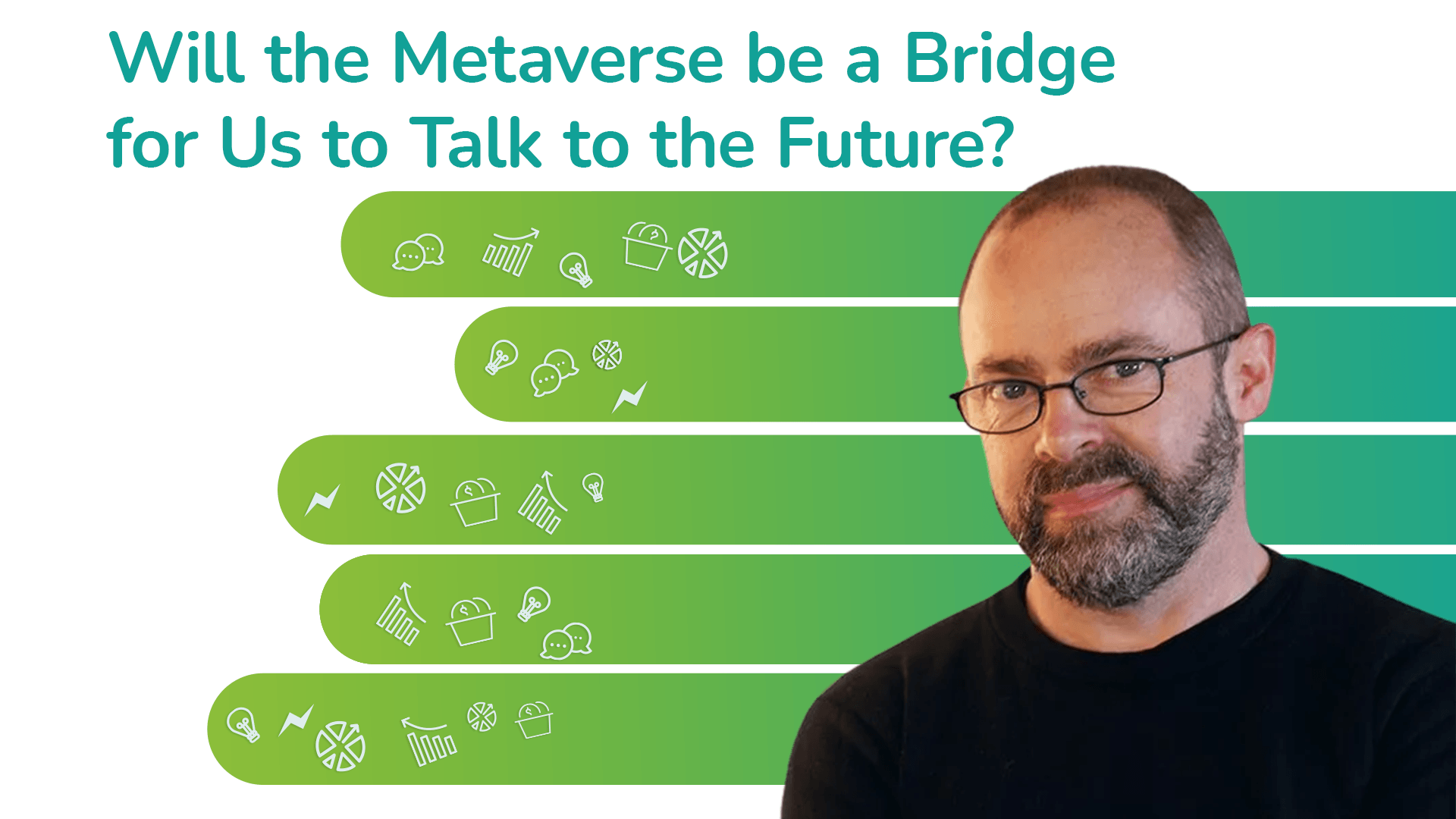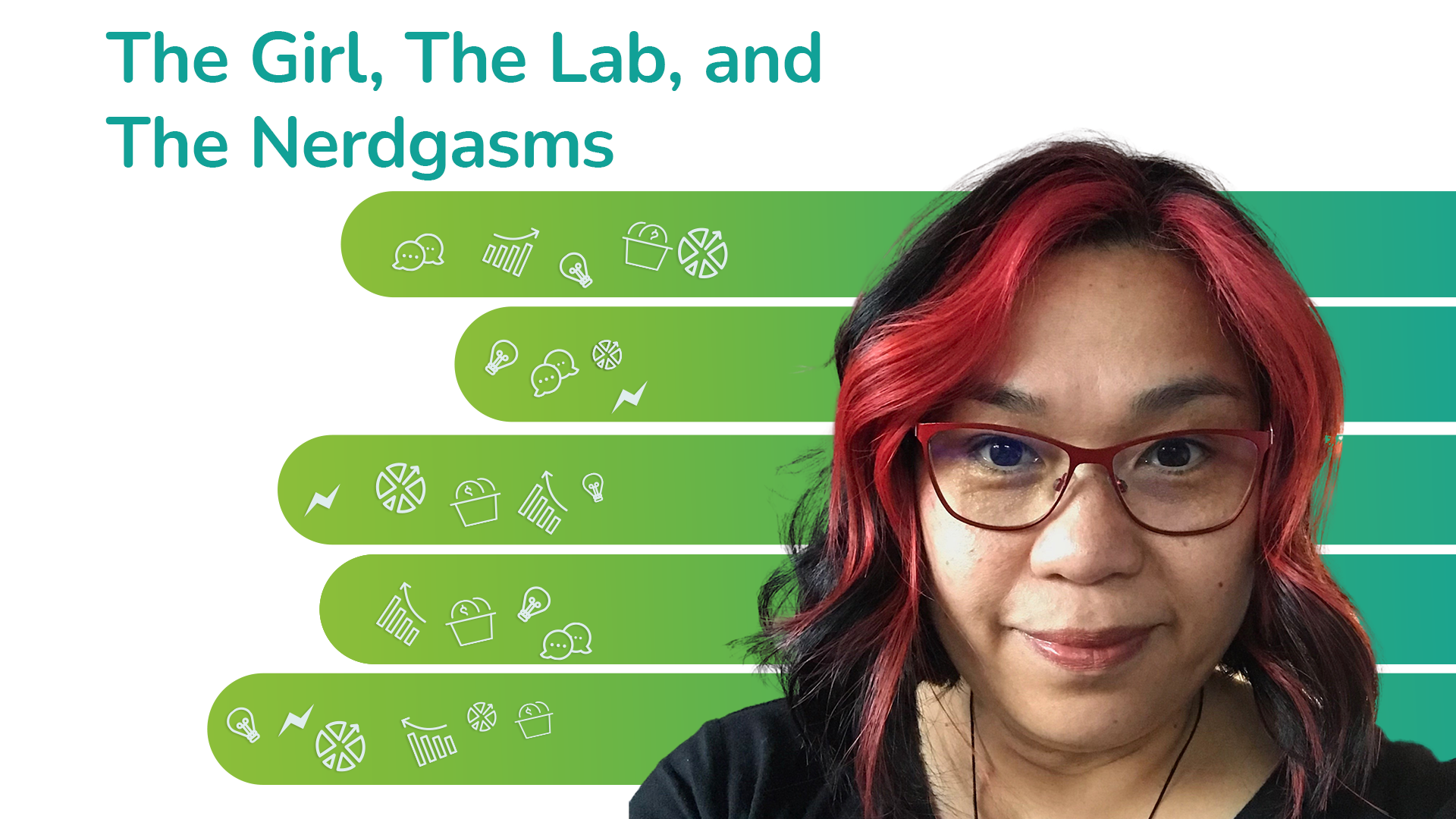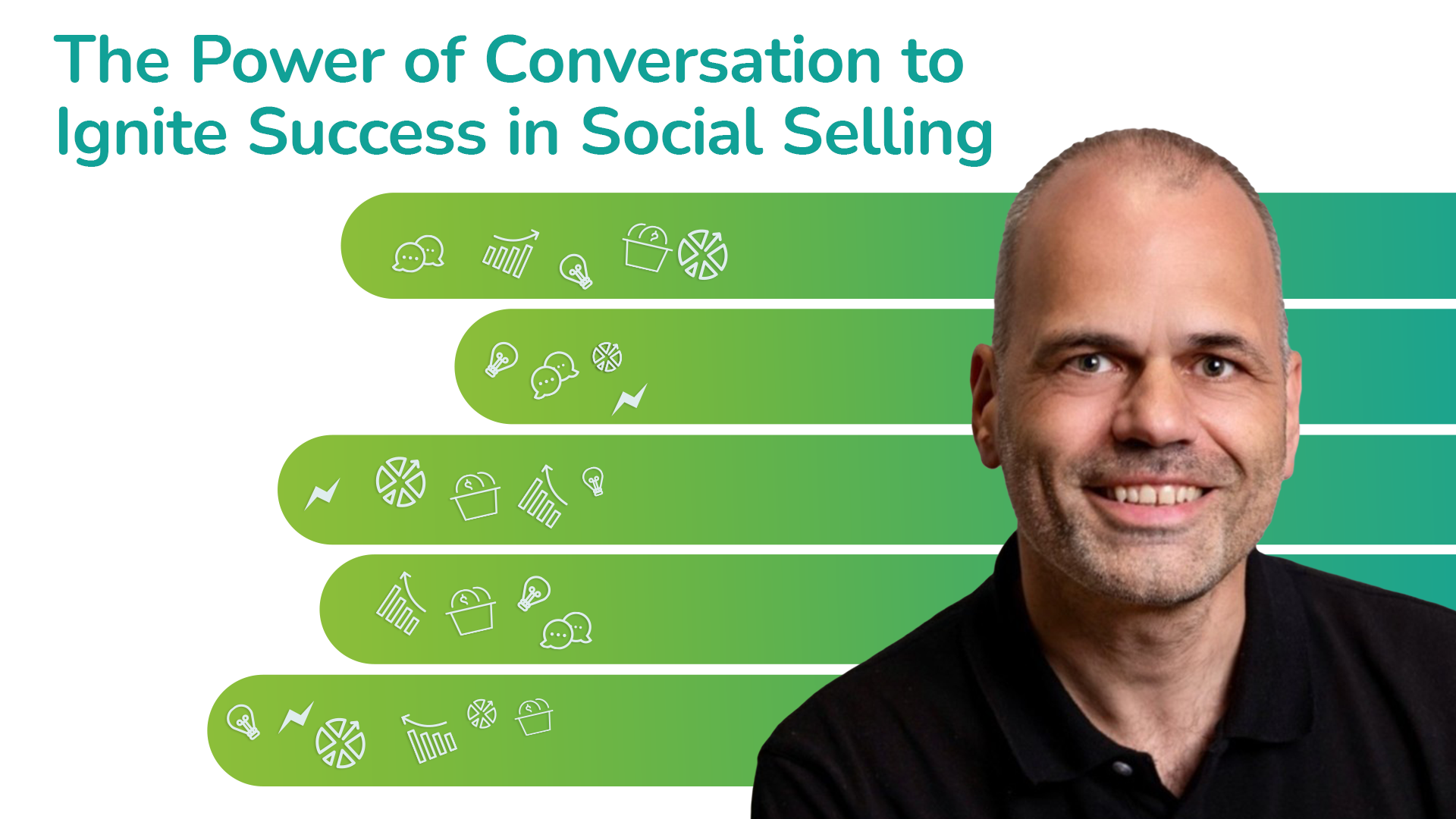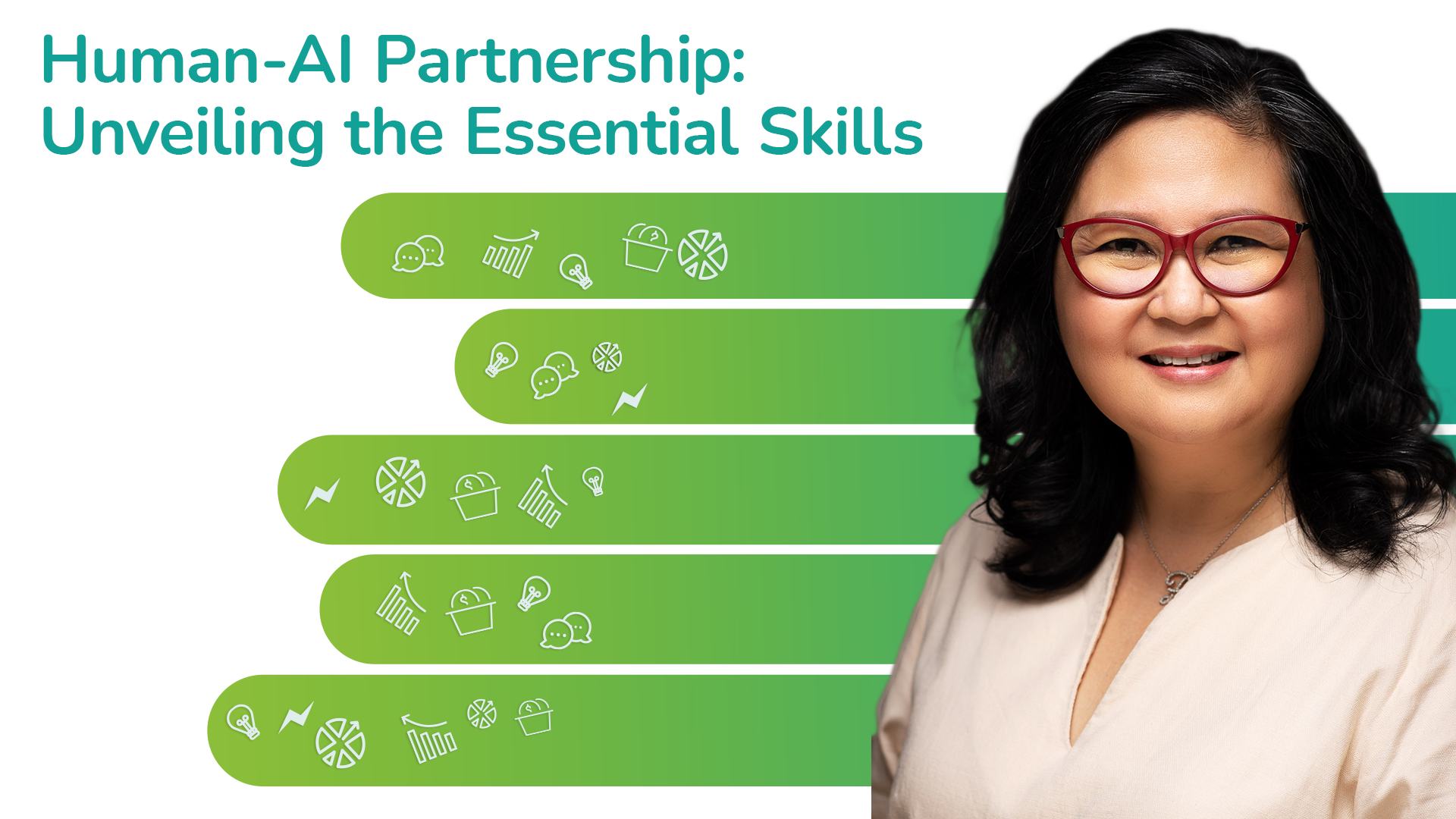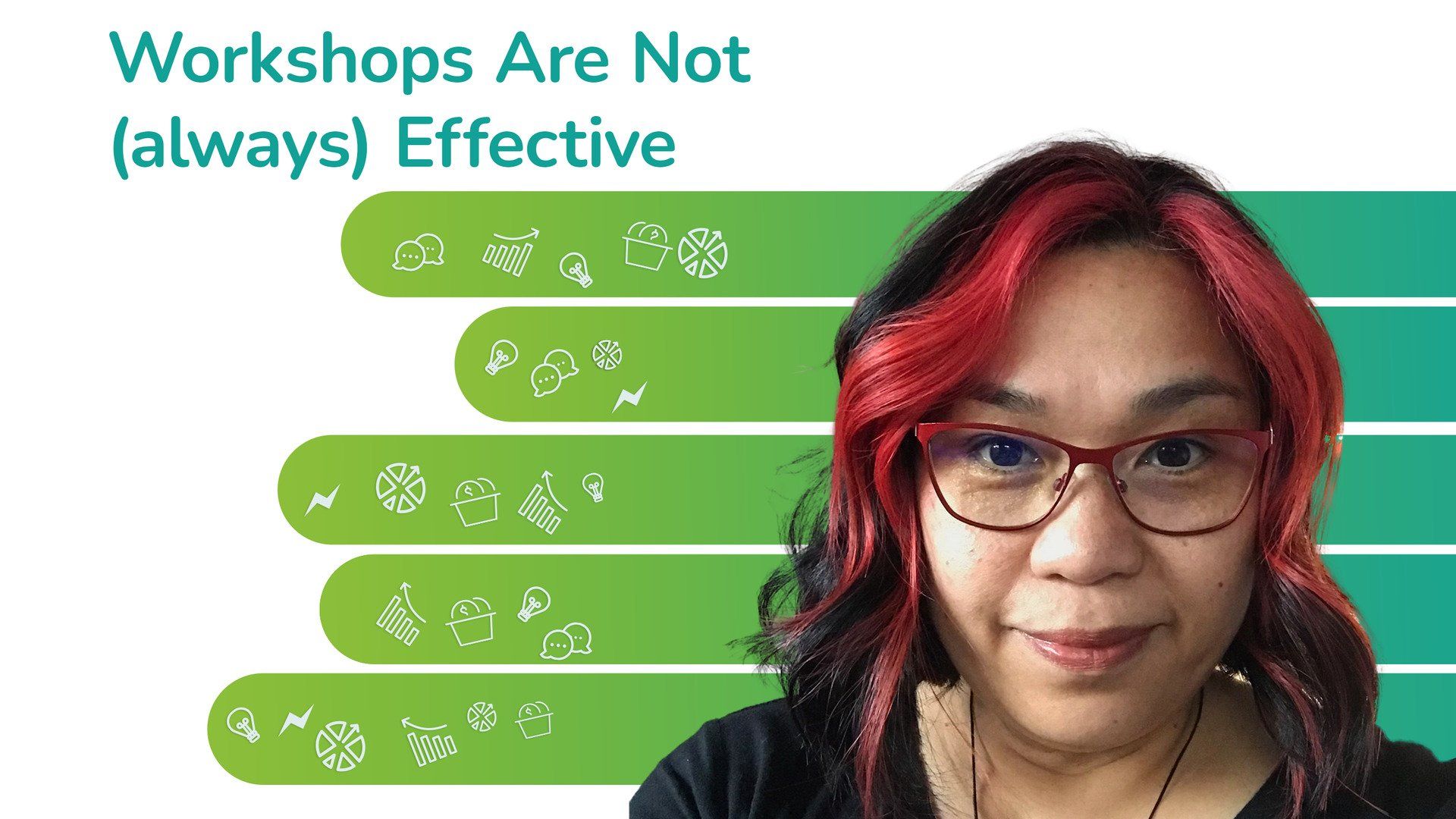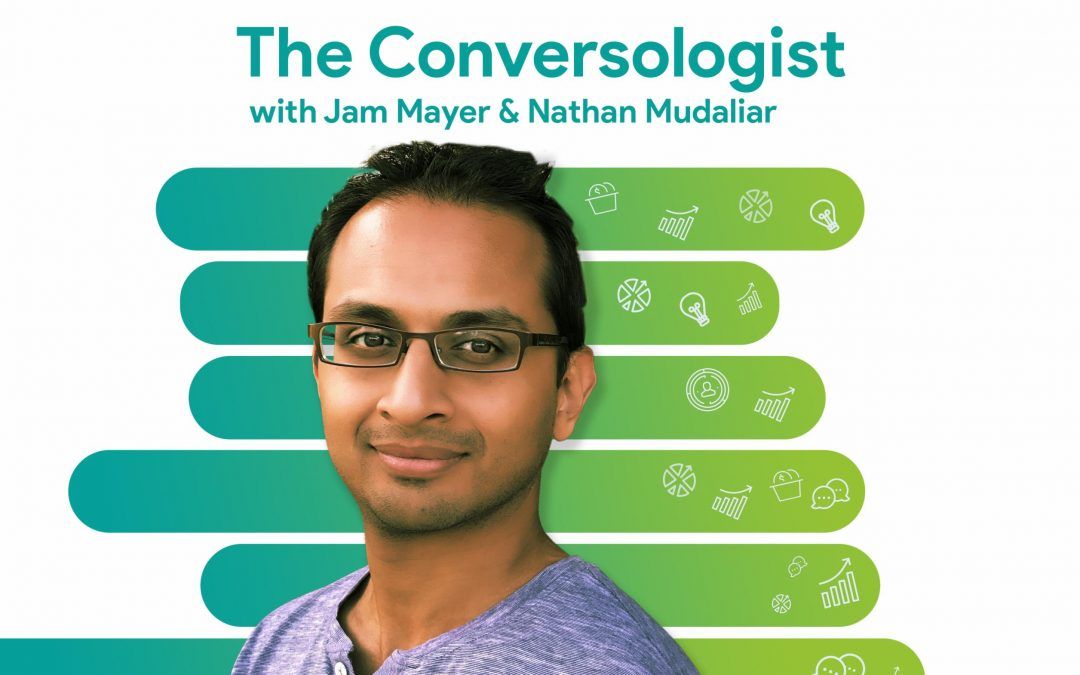
Season 2 Episode 17 | 27 minutes 34 seconds
Online learning. Rate it, or hate it? From group zooms, to set-and-forget video tutorials, there are so many options. What works best - from a learner’s and a teacher’s perspective - and where could online learning go?
Joining me in this episode is award-winning graphic novelist and creator of the LGBTQ superhero Zsa Zsa Zaturnnah, Carlo Vergara.
Host & Guest
Jam Mayer
Resources
Episode Conversation
Topics that were discussed:
Episode Transcript
Jam
Online learning. Rate it or hate it. Currently, there is no paradigm from group zooms to set and forget video tutorials. There are so many options. What works best from a learner's and a teacher's perspective? And where could online learning go?
Welcome to the Conversologist podcast, where we talk about the art and science of conversation in the digital space. We know that technology can be a powerful enabler, but communication and emotional connections still need to be at the core. I'm your host, Jam Mayer, and I invite you to converse with us. This is episode 17 of season two, Drawing an Income from Online Courses. Whether you're a student or a teacher, there's a conversation worth having around the what's, how's, and does it works of online learning.
So, with me is Carlo Vergara, award winning graphic novelist, writer, graphic designer, and creator of the LGBTQ superhero Zsa Zsa Zaturnnah. And believe it or not, he's actually even the person who has composed the music bed of this podcast. So he currently teaches drawing, graphic design, and writing at De La Salle College of St. Benilde. Welcome, Carlo.
Carlo
Hello, Jam. Thanks for having me here.
Online Course Creation Journey
Jam
Let's start off with your journey around online course creation. Because we've been friends for so long already, and I can remember several conversations years back, and we've been thinking about it, but obviously you've had all these years trying to learn it and probably have also attended a lot of online courses. So where are you at?
Carlo
Okay, that's a very, very loaded question. Well, the journey actually began when I was doing freelance work as an illustrator. I was working for an American company, so I'm based in the Philippines, and you would do everything online. And while I would be doing projects for them, drawing, I would be listening to podcasts until I stumbled upon Internet Business Mastery, where I first learned about this whole idea of earning passive income online. And it fascinated me so much that I just dove into it and tried to learn as much as I could. I graduated with a degree in marketing management, so when they would talk about marketing, I sort of knew what, I had an idea of what they were talking about. But for the most part, the whole entrepreneurship thing that was especially the online space, that was a whole big mystery to me. So what are the options that they would give when it comes to earning money online? The topic of online courses came up, and since I had wanted to become a teacher, eventually, I thought, hey, that would be great to get into making an online course, selling it online for passive income.
And then I decided to try it out. I would start writing scripts for a possible online course. And back then, I didn't know whether I wanted to teach graphic design or drawing or writing or creating stories. But I would do a lot of scripts, and I've never used them. I've never used those scripts at all. And I realised that everything sounded easy when the experts were talking about it. And a lot of them would say that you don't really have to overthink it when you're starting out. You can just dive right in there. You are already an expert in that field. But I'm the person who overthinks. I'm the kind of person who really needs to know what it takes. I need to know the details, I need to know the processes. I needed to believe in myself as well when it comes to my skill sets. So where am I now? I have more or less accumulated enough knowledge to be able to venture into going online with an online course. And I've done a few tests as well to at least validate what I set out to do.
Jam
Okay, you mentioned tests. Can you just give us sort of an example of a test that you've done and has it worked? Did you have a little focus group or not a focus group, but a small group to kind of test it with you?
Building a digital audience
Carlo
Okay, so one advantage I guess that I have was that I had a graphic novel that had some success in the Philippines. So that's how I got the quote unquote attention from people, especially a wider group of people who I would never know. And because of that one book, which eventually became a movie and a stage musical, that was sort of the catalyst for people seeing me as the quote unquote expert. So it's like what the marketing experts and the marketing gurus would say, that you can establish your authority by writing about something that you know, or you have capability, you'll have expertise in, and when you get that book out, that's a way to bring people into your audience base or your fan base.
The second thing that I did was build my Facebook page and do a bit of content marketing. So when it comes to content marketing, I would just post drawings and stories on my Facebook page and those drawings would get shared, my stories would get shared. And over a number of years, my followers for my Facebook page grew. Two years ago or three years ago, it was like at 2,000.
Right now it sits at around 6,000. So it's not like those other experts who are like in their 10,000, 20,000, 100,000. So, I'm not there because I don't really invite people to like my page. I allow people to come into my page organically through when people share what I have. So that's why I sit around 6,000, just to ensure that the people who are there are the people who really want to see my work.
With that, the very first test that I did was, will people buy art work from me online? So, that was the first thing since I draw. And I set up a sales page on the Gum Road platform. For those who are not aware of what Gum Road is, it's a platform where you can sell digital stuff. Whether it's courses or artwork or ebooks and all of that. And I just did tests just to see how many people would get on there. And the advantage of Gum Road is that it has a built-in mailing list, so whenever someone buys from you, they automatically go into your mailing list. So you can actually send messages to them directly if you have something new, if you have an update.
Teaching drawing as an online course
Carlo
And it's not like Facebook where in only a few people get to see your posts. So when I validated that, yes, there are people who are willing to buy from me through Gum Road, even if it's just a digital good. The next thing that I did was, okay, so I'm going to try and pitch a webinar. And the webinar that I set up was Demystifying Drawing for Late Bloomers. And my target audience, people who believe it's too late for them to learn how to draw. So these are people who would be in their mid twenties to mid forties, who only recently discovered that drawing was interesting for them, but they feel it's too late for them to learn. So that was what my webinar is all about. And there were like 20 plus people who attended that webinar, which is pretty okay, and I got good feedback from that. My next step really is to formalise it. I should also include my experience as a teacher. That's an important component as well, because when the pandemic hit, all the teachers were forced to go online. It forced us to find ways to teach drawing online.
And last year I spent a lot of time racking my brain. How am I going to teach drawing online? So I made video demos. I made video lectures, particularly for the students. What that did, essentially, was that I was actually making an online course, something that I had planned to do later on, but because of the need of the times, I was actually doing what I set out to do, which was to make an online course. That was a huge learning experience for me. So it helps a lot for those who want to make their online course is try to simulate it. To try and produce it. To try and record yourself. To try and do a video demo, do whatever, as a test so that you get a feel of what it's like. You don't necessarily have to release it, but it's something for you to do in order to discover what else do you need to learn, which you can apply later on.
Jam
Awesome. So that's a perfect segue to talk about learning. Do you think that learning how to draw, learning the arts is as easy as your typical online course, like how to use a piece of software like Photoshop, for example, or even digital marketing. You know very well there are a lot of digital marketing courses out there because it's more step by step. I mean, is it the same? Is it as easy, or is it hard? What are the challenges?
The biggest challenge with learning the arts
Carlo
The biggest challenge with learning the arts is really who's teaching it and what kind of experience the expert has actually teaching the thing. Because when it comes to any art form, whether it's singing or dancing or drawing, it's not as straightforward or as simple as it looks like. The one thing about the arts is that because we are human beings, you could say we're drawn to the arts. For people who learned their art form on their own without any formal instruction, it was something that they absorbed and refined over the years. And it's very possible for an expert in an art form to not be able to teach it. And I went through that when I got my job teaching at the college. Because people know me as an illustrator and people have praised me with my illustration and drawing skills. However, when it came to actually teaching it, I was stumped. I had no idea, because it was a process that I went through over a couple of decades. When it comes to teaching something, you would need to break down that big skill into little tiny skills and structure them so that the lesson from session one will connect with session two, and everything builds up for the learner until they reach a point where in you're like combining all of these individual little skills together, and you'll be able to create something great.
Carlo
But I didn't go through that. So one of the things that I had to learn and I'm thankful that I went through my teaching job right now, because I was forced to look at my drawing skill in a different way. To look at it in a learner centered manner, wherein if I had to teach this one big skill to someone, how would I break it down? And I've been spending, like, the past couple of years trying different experiments with some students, and I've actually made progress with that. So, with that new knowledge, I am now in a better position to structure my online course. But then again, the online space has its own challenges because you're not face-to-face in a face-to-face setting. What I would actually do is I would sit down beside students and guide them as they were drawing, which would be tricky to do if you're in an online setting. Jam, can you hear the cat?
Carlo
Yes, but it's okay. Well, I only hear it, obviously, when it's quiet. You know what I mean? The space in between you talking.
Jam
So you mentioned about the structure and the step by step method and the challenge of face-to-face versus virtual. Obviously, face-to-face, as you did mention that you're right beside them and you're guiding them, and you're looking at their progress, right, and it is a big challenge to do that online. Let's just move into technology. What have you found that will help you create your online course?
Methods of teaching the arts or drawing
Carlo
Right now, what we do is video demonstrations. So there are actually two types of video demonstrations that we can do when it comes to teaching drawing. So number one, it would be actually recording me drawing with a pencil and paper. And the other method would be using software like Photoshop and doing a screenshot or recording the screen as you're doing your demonstration in Photoshop. The disadvantage for the first method where you're recording the hand drawing on paper, it's a setup. Meaning you have to have your camera stable. You have to have good lighting. You have to make sure that the actual video is clear so that you can see what's actually going on. The disadvantage of recording the screen is that you don't see the drawing hand. I like to see the drawing hand when I'm learning how to draw, because sometimes you can get a few drawing tips by the way the artist moves the hand and not just the marks that they make on the paper. So it's a choice. Recording on the screen is, of course, easier to do. You just need a nice screen recording software and you can search for a lot of them that are online.
Carlo
But personally, I still prefer recording off the drawing hand, pencil and paper and all that.
Jam
So because online courses, I'm trying to wrap my head around the idea of if I wanted to learn how to draw and I'm watching a video because most, if not all online courses, I mean, that's how you do it, right? You record stuff as you said, et cetera. And as a learner, it's very passive. So all I'm doing is just following the step by step, video per video and trying it on my own. So it's a quite different learning experience because of, maybe the limitation of the technology. And if anyone who's listening to this podcast, this episode right now, please let us know if there is any software out there that is more effective in teaching the arts or drawing. Carl, I mean, do you think maybe online course creation, the passive way, the traditional way, as we see now, is effective to teach the arts, or is there another way?
What makes teaching drawing effective?
Carlo
Okay, so going back to the whole idea of technology, there is actually a web app online called Magma Studio. M-A-G-M-A-S-T-U-D-I-O. Magma Studio. It's a very unique set up because what you get is a canvas. So I want you to imagine, say something like Photoshop, which you can draw on if you have a digital drawing device. But what's cool about Magma Studio is that you can invite other people to come in and draw with you. That means if the other person also has a digital drawing device, both of you can actually draw on the same canvas in the same platform, in real time. And if you're connected by a WhatsApp or if you're on Zoom, you can actually talk to each other while you're drawing. So that's a great tool that can be used if you want to teach how to draw. You can, as an instructor, look at the work of your student right there and there on the canvas and make any necessary revisions that you feel the student needs to do. It's not like the old way where in the student would have to draw separately and then send you a file, for instance. With Magma Studio, you can give live feedback as the student is actually drawing, which I think is pretty cool.
Carlo
But to your question, it really all boils down to how much does the student want to learn? And there has been a lot of discussion in the online course creation space about students who are serial course buyers, but not course consumers. And I am one of those people who just like to collect courses. Yeah, I've spent like over a $1,000 in courses, which in the Philippine context is a lot of money. And I think I've only watched maybe like ten to 15% of them. So it really depends on how much you want it. Even if your course is purely video, if the learner really wants to learn, they will learn. But if it's like the casual course collector who just wants to collect the course and then is not too serious about it, then there's not going to be a lot of learning going on there. He might just watch a few minutes, pick up a few nuggets here and there, but that's all. But for those who really want to learn, sometimes having a one-on-one consultation with the instructor really helps, even if it's going to be at a premium price. So there are people who have their online course. But for me, I think if I would go for one-on-one consultation, I would have the online course in video for those who want to check it out, but then I would have a premium price for those who actually want that one-on-one consultation session.
Carlo
So the premium price will be really for those who want to learn and who are willing to pay extra for time with me.
Jam
That's actually great because I'm the type of learner, I would probably get that because if I really wanted to learn anything, most especially if it's the arts. I'm sure there are online courses out there for acting or say, and not theory based, because I really don't like learning theory, because in my head I can just Google it. The reason I'm going to buy an online course is because there is some kind of feedback mechanism, right? It's continuing the dialogue, it's having that conversation in between. Or maybe it's part of the step by step guide or maybe after. Right?
How can active participation be encouraged?
Jam
So let's talk about that. So there is a feedback mechanism in a virtual classroom. But again, going back to online courses, they're usually expected to be passive and watching videos. So how do you then encourage your learners to have some active participation?
Carlo
Well, it's easy if the student is required to actually take the course. So teaching at a college, I mean, the students have no choice because they need to be graded. They do have to deliver the work at a certain standard. But for those who are outside of a classroom setting, it really was down to their choice. It is a concern that a lot of online course creators have, particularly those who really want their students to learn. I'm not sure what it's called, but it's like there's this metric and it's part of the analytics. When you set up a course in a platform like Udemy, you actually get a metric or an analytic that tells you how much of the course a student actually went through. And a lot of course creators feel disappointed when, yes, they might have sold the course a thousand times, but then those 1,000 students only watched the first 10% and it becomes very disheartening. But then ultimately it really boils down to the choice of the student or the learner. And that's why I would separate those two components. I would have the online video course for those who just want to check it out, they would still have to pay, but at least it's nice to have that income stream coming in.
Carlo
Even if those students really don't watch the course, the income stream is always nice to have. But then I would still also have that other component - the premium price, the consultation session. Really, for those who want to sit down with me and learn. In a way, I'm hitting two birds with 1 stone with that scheme. And I think that there are course creators who also do that. They have those two components in place.
Jam
Here's an idea. What if you have your step by step guide, for example, there are ten steps just for conversation sake. So you have ten steps. And in between, let's say in lesson three, it's sort of an exercise, but they then have to participate and submit their drawing. Or you can put in that consultation in between, obviously, with the premium price, as you said, right? But at least when people do get the course, there is some point where in, hey, there's this room that's live at this time. And this time, if you want to show your lesson one and two exercise, whatever it may be, then I'll be in that room. This is just an idea. I've never seen it before, I haven't experienced it. But do you think that would work?
Carlo
There are several ways to do that. So number one, like what you said, live session. So a person or an instructor can go live at a certain time. And it's going to be a first come, first serve basis. If someone wants to present their work, then they can get a live critique. So that's one way. Another thing that course creators have done is to have an online forum, whether it's a membership site or a Facebook page, where in people can post their work and get feedback not just from the instructor, but also from other people who are on that forum. The third one is like something websites like Domestika or CubeRush. What they have is they allow students and learners to post their work in the site so that other people can check it out. It's not exactly a forum. People can comment on their work, but it's still a choice. It's not always that someone will comment on your work. It's not always that the instructor will be available to actually say something. It's just a way for a student to post their work. With that, I would go for the live session, but it won't be all the time.
It's really just an extra service I can put out there. And it's also a great way to connect with a large number of people in one session. And it's okay because I've been doing live demos over Facebook for quite some time.
Jam
So you said live demos. So is it really having a session for the learners, or is it a space for the learners to showcase their work? Or as you say, demo? Maybe you can explain a little bit more. When you say demo, are you the one demoing or is the learner demoing on what they've learned.
Carlo
Well, in the past? I would do live demos of me drawing just to see if people will watch, and people have watched. I could always convert those sessions into critique sessions where in people would send me their drawings, and then I could actually do a live critique right there and there for like maybe an hour. But of course, these people would have to send me their drawings beforehand, so that I can do a proper critique. And that would be for free. But, you know, in cases like those with those other extra services that you're going to be doing, you just have to know when or how often or how that scheme actually fits into the entire program. Because what you won't want to do is just to do things on im pulse. It has to be all planned out. I'm not the best planner in the world, so that's one thing that I need to work on. But it is something that's nice to have down the line.
Jam's Personal Perspective
Jam
Just a quick add on from my perspective as a tech nerd and a keen predictor of future apps that I think we'll be seeing a lot more of. I've been experimenting with some 2D Metaverse kind of virtual spaces that include having your own little animated avatar, being able to interact with others, gather around the virtual water cooler, attend lectures, and of course, teach and learn, potentially incorporating everything Carl and I have talked about today and more.
And with that, thank you very much, Carlo, for your time.
Carlo
Well, thank you so much, Jam, for having me. It's been fun. Hope I gave enough value to your listeners and hope to talk to you again soon.
Jam
It's awesome to have you. Thank you, Carl, as well.
Jam
If you're interested, I'd love to hear from you. If you're on Anchor FM, you can leave us a voice message, send your thoughts, questions or even just say hi on LinkedIn. Please hit that follow or subscribe button to be notified of the next episode in your favourite podcast app. As I mentioned in the beginning, this music bed was composed by Carlo Vergara, the talented guy, and this podcast was produced by Rew Shearer. Till the next episode. Thanks for listening and remember to keep the conversation going.

